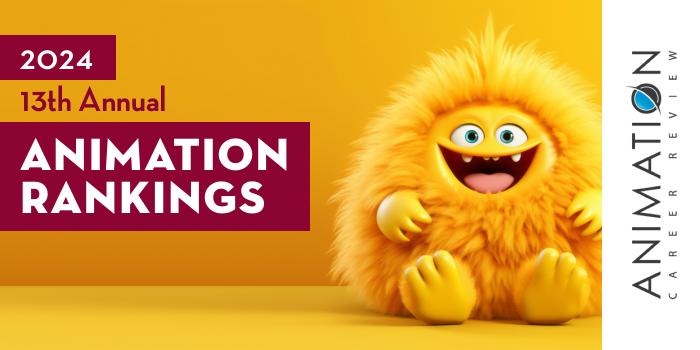The College of Arts and Sciences at The Ohio State University (OSU) houses more than 20 centers and institutes, 38 departments and schools, and over 2,000 faculty and staff members. The College provides more than 250 majors, minors, certificates, and graduate programs to approximately 19,310 students.
Among the many programs in College of Arts and Sciences are several paths to study animation. These include the Moving Image Production (MIP) BA; BFA and MFA degrees in Art and Technology; and an MFA with a Digital Animation and Interactive Media Track.
Established in 2017, the MIP BA is an interdisciplinary program and a collaboration between The Departments of Art; Theatre, Film, and Media Arts; Design; and the Advanced Computing Center for the Arts and Design (ACCAD). The program, which combines live-action and animated filmmaking, features studio practice in Animation, Experimental, Narrative, and Documentary.
Course examples include Motion I & II Group Studies in Digital Animation and Interactive Media; Concept Development for Time-Based Media; Motion Studies Through Hand-Drawn Animation; Animation Techniques and Practices; Computer Animation: Form, Light and Motion; Procedural Animation; Designing Immersive Virtual Environments; and Motion Capture Production and Experimentation.
OSU MIP students are also required to take a 15 credit hour Flim Studies Minor as part of the program. Students will also have opportunities to take additional production and screenwriting courses through electives; complete an internship; and participate in the school’s study abroad program. Possible locations include London, Prague, Rome, Germany, Dublin, and Copenhagen.
The Department of Art in the College of Arts and Sciences at OSU houses the Art and Technology Emphasis. BFA students in this interdisciplinary area will explore everything from 3D modeling and animation to electronics/robotics/animatronics. Course examples include Computer Animation; Graphic Novel – Web Comic Production; Moving Image Art; Art & Technology Studio Practice; Digital Imaging; New Media Robotics; Video Art; and Internet Art.
Art and Technology MFA students will engage in project-based learning, while creating 3D animations, virtual reality, sound, interactive installations, and more.
Student in both options have access to dedicated labs, state-of-the-art facilities, and collaborative spaces for producing animations, moving image art, interactive and robotic art, game art, internet art, and more.
The Digital Animation and Interactive Media Track within the MFA program is part of the College of Arts and Sciences’ Department of Design. Students in this program will complete 60 credit hours of study in design over three years. Course and elective examples include Graduate Studio; Exploration in Graduate Design Studies; Virtual Modeling; Aspects of Art and Technology; and Computer Game Art and Design.
In the final year of the Digital Animation and Interactive Media program at OSU, students will complete two Thesis Writing courses, and two Thesis Project Development courses to graduate. These courses culminate with the Project Exhibition and Oral Defense.
Graduates of the MIP, Art and Technology, and Digital Animation Programs at The Ohio State University are prepared to pursue roles across industries such as entertainment, advertising, education, architecture, medical, and legal. Program alumni are Animators, CG Generalists, Motion Graphics Designers, Mixed Reality Designers, Art Directors, Design Educators, Interaction Designers, Virtual Reality Designers, Freelance Artists, Multimedia Designers, Human-Computer Interaction (HCI) Designers, User Interface/User Experience (UI/UX) Designers, Game Designers, and Visual Communication Designers.
The Ohio State University was established in 1870 as Ohio Agricultural and Mechanical College. The school serves 65,795 students across six regional campuses including Columbus (main), Lima, Mansfield, Marion, Newark, and OSU’s Agricultural Technical Institute in Wooster. More than 200 majors, minors, and specializations are provided across 18 colleges and schools. The Ohio State University is accredited by the Higher Learning Commission (HLC).







